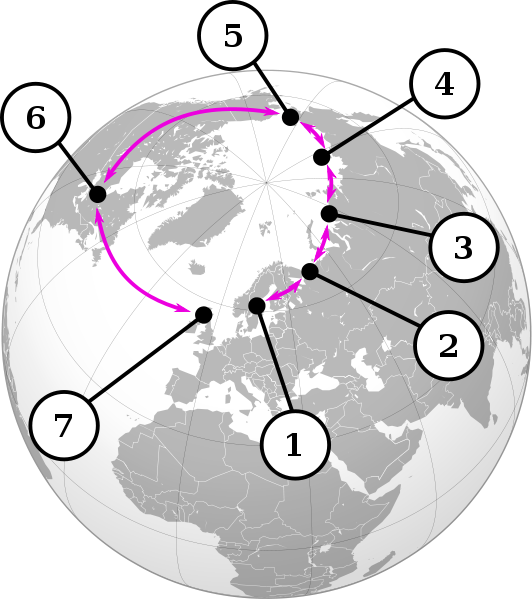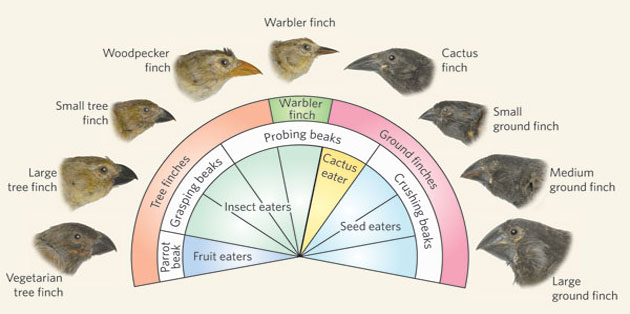Of course ACTUAL descendants are similar. The point, AGAIN, is that similarities are NOT ipso facto an indication of a descendant relationship, particularity among all life forms.
Yes, you have a good point about one of the 'problems' with the tree of life model: it's not great genealogy. When you are presented with a fossil of an 'ancestor' species, it is possibly not from a member of a species that led directly to humans, but was a bit off the direct line, a short way into one of the branches that eventually went extinct. The fossil is of 'the kind of thing' that the ancestor species was, rather than literally a member of the actual species or group that led to us.
There is a misconception out there that evolution involves one species giving birth to a different species, and therefore evolution is ridiculous. But of course no species ever gave birth to a difference species. All species are continuously the same, but change accumulates to the point that eventually you say that, at some stage, a new species has arisen.
You get a similar effect in ring species. From the
Holy Wikipedia:
| Larus gulls form a circumpolar "ring" around the North Pole. The European herring gull (L. argentatus argenteus), which lives primarily in Great Britain and Ireland, can hybridize with the American herring gull (L. smithsonianus), (living in North America), which can also hybridize with the Vega or East Siberian herring gull (L. vegae), the western subspecies of which, Birula's gull (L. vegae birulai), can hybridize with Heuglin's gull (L. heuglini), which in turn can hybridize with the Siberian lesser black-backed gull (L. fuscus). All four of these live across the north of Siberia. The last is the eastern representative of the lesser black-backed gulls back in north-western Europe, including Great Britain. The lesser black-backed gulls and herring gulls are sufficiently different that they do not normally hybridize; thus the group of gulls forms a continuum except where the two lineages meet in Europe. |

It's like evolutionary change spread across geography, instead of spread across time.
Stuart



